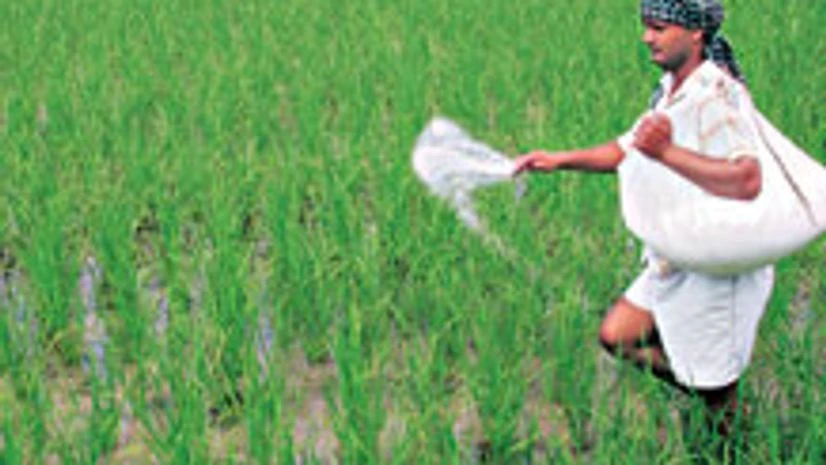The Commission for Agricultural Costs (CACP) has recommended several options for better handling of the fertiliser subsidy by better distribution of the subsidy and streamlining the price differences between urea and non urea fertiliser.
The issue has become important with the proposal to hike gas price but retaining the priority sector allocation to fertiliser industry. This report is formed by the CACP as part of its non price recommendations for the kharif season but it is yet to finalized and released. In its report on the gas price hike and its impact on fertiliser industry.
CACP is of the view that the fertiliser subsidy to the farmers should not be routed through fertiliser manufacturing units. It is learnt that the report has suggested that the complete subsidy owing to fertiliser should be directly given to the farmers and not through priority allocation of natural gas to fertiliser units. It will solve two problems. First, with money in hand, the farmers will decide which fertilisers to buy and my not rely wholly on urea based fertiliser.
Also Read
Secondly, the disproportionate use of urea in agriculture would also stop. Currently, Indian fertiliser plants mostly manufacture urea and rest of the varieties like potash and sculpture are imported. These plants while using natural gas at administered price under priority allocation manufacture mostly urea since it is under floating subsidy scheme of the government.
This is because unlike other varieties, in urea the government fixes the marketing price. While the urea is sold to the farmers at the subsidized price, these companies are compensated for the loss. Thus eve if they have facilities to process other varieties of fertiliser, it has been deliberate attempt of the companies to stick to urea manufacturing, said official sources.
Thus the farmers are not getting any benefit out of the fertiliser subsidy which is mainly being given to the companies and all the farmers use is urea since that is major fertiliser manufactured. Officials said, the idea is to largely contain the fertiliser subsidy by optimum use of available stocks of varieties of fertiliser other than urea.
Excessive use of urea is rendering the amount of government subsidy used for importing non urea varieties useless . It has so happened that whereas farmers are only using urea, stocks of non urea fertilisers are lying unused since the dealers are not marketing these varieties as they costly and farmers could not afford to buy them.
The other option suggested for rationalizing the subsidy is hiking the price of urea so that its disparity in price with non urea varieties will be narrowed. This way the farmers will be motivated to use even non urea varieties with same money. Accordingly, the report has estimated that 10% increase in urea will bring down the price for non urea varieties by 15-18%.
For the first option, the CACP has suggested a per hectare based subsidy formula under the direct transfer of subsidy mechanism. Sources said, the formula has been worked out in such a manner that the area wise disparity in allocation of subsidy will go down. Conventionally, the subsidy is mostly directed to state like Punjab, Haryana, Andhra Pradesh, and western UP. Officials said the new formula will increase use of fertiliser in eastern states like Orissa, West Bengal, and Bihar etc.

)
